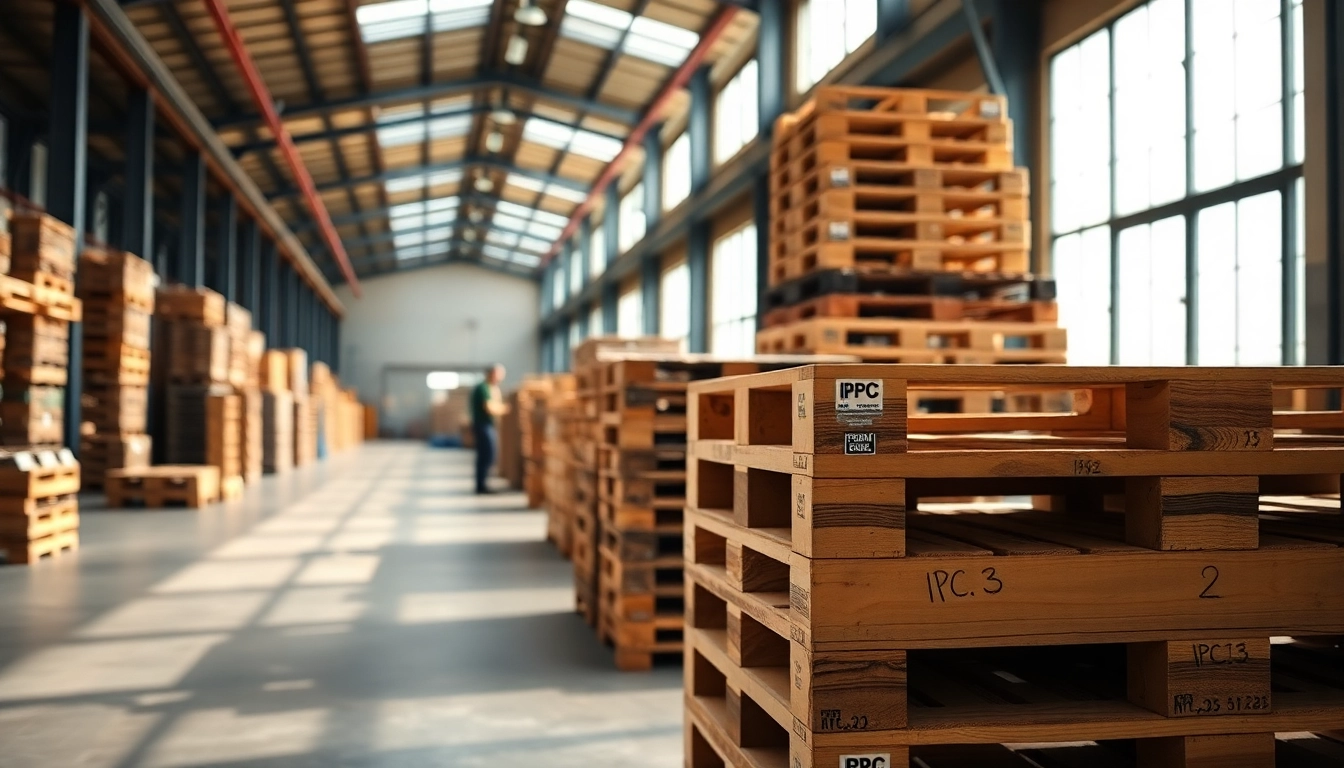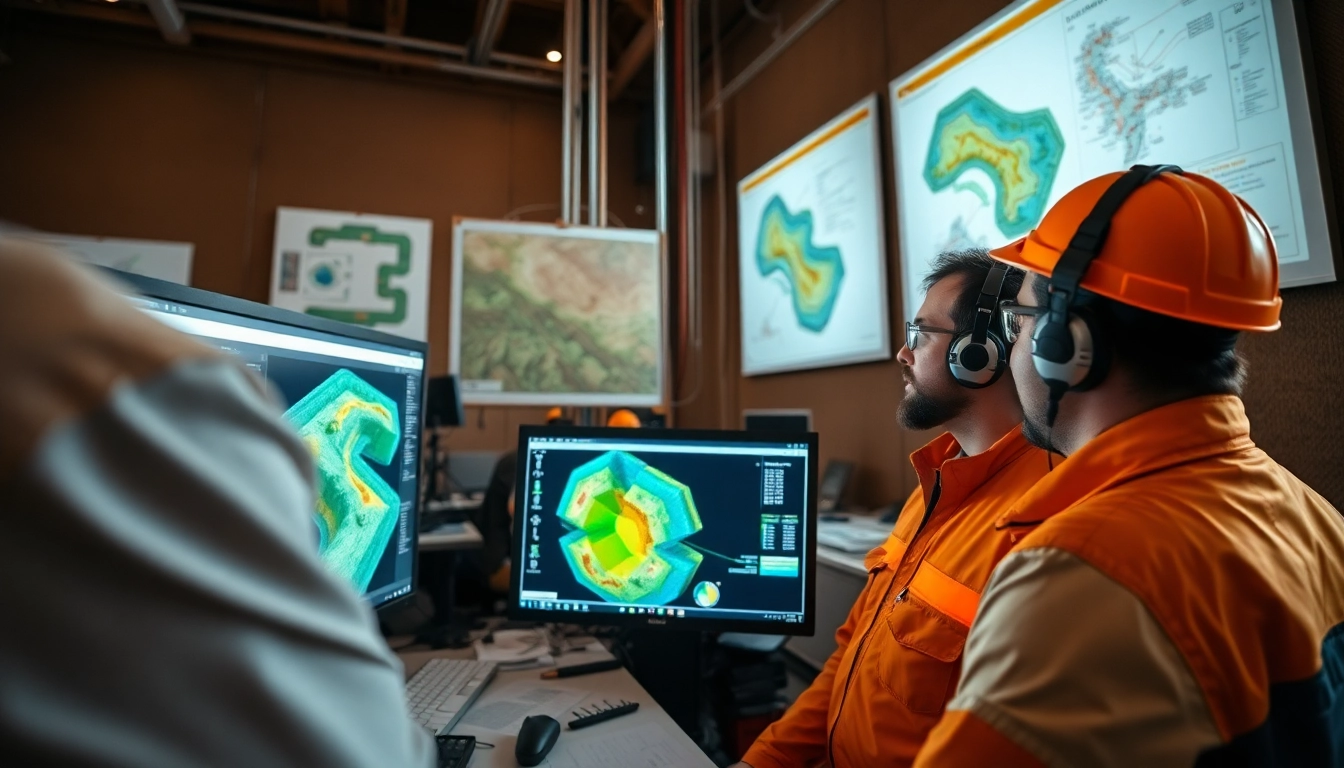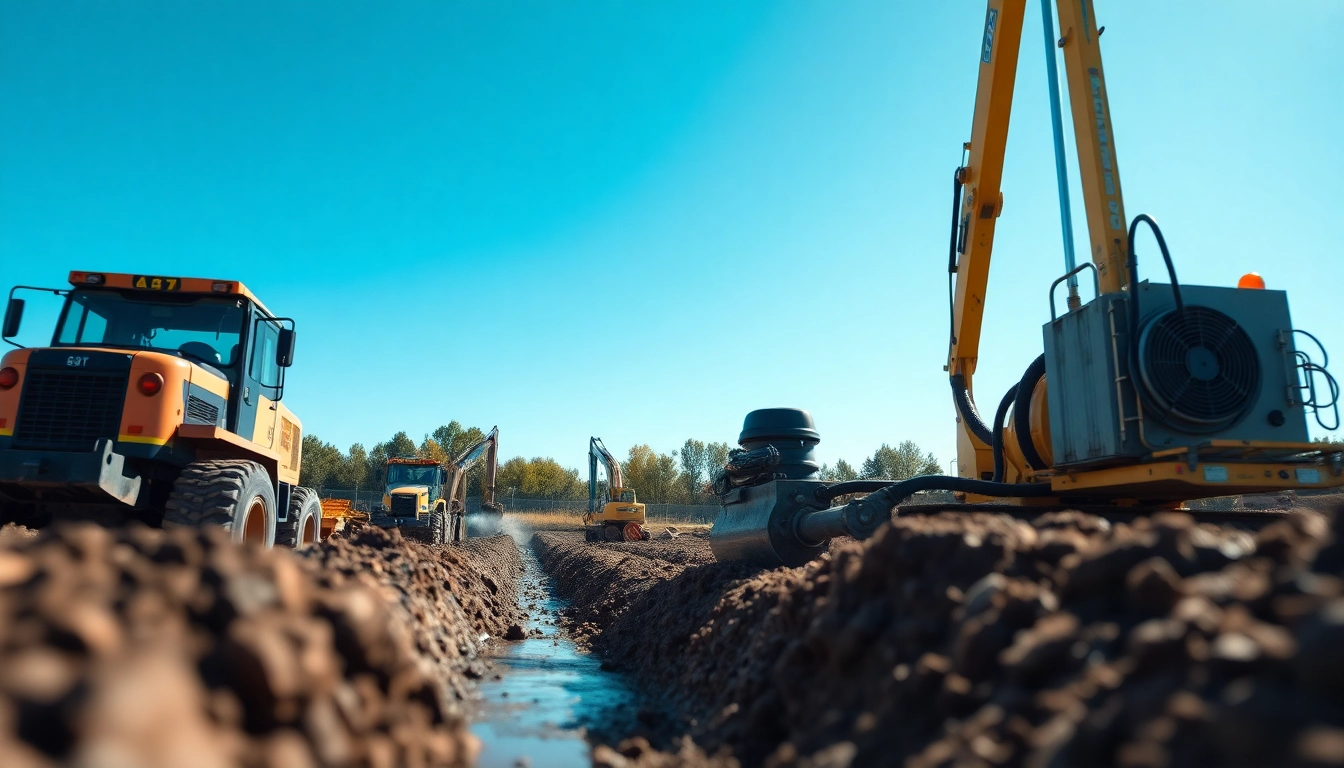What is Pipe Stress Analysis?
Definition and Purpose of Pipe Stress Analysis
Pipe stress analysis is a critical engineering practice used to evaluate the stress levels and structural integrity of piping systems. These systems are subject to various forces and environmental conditions, such as internal pressure, thermal expansion, weight, and external loads, which can lead to potential failures or inefficiencies. The primary goal of pipe stress analysis is to ensure safety, reliability, and compliance with industry standards, ultimately protecting both people and infrastructure.
Common Applications of Pipe Stress Analysis
Pipe stress analysis is employed across various industries, including oil and gas, chemical processing, and power generation. Its applications can be categorized into several key areas:
- Design Verification: Ensuring that new piping systems meet safety and performance standards before they become operational.
- Existing System Assessment: Evaluating the integrity and safety of existing piping systems, especially in aging infrastructure.
- Regulatory Compliance: Meeting the requirements set forth by organizations such as ASME and OSHA imposes strict guidelines on piping construction and maintenance.
- Failure Analysis: Investigating and understanding the causes of failures in piping systems, leading to improved design and operational practices.
Key Regulations in Pipe Stress Assessment
Several codes and standards govern pipe stress analysis to ensure safety and performance. Some of the critical regulations include:
- ASME B31.3: This code outlines the requirements for process piping, including allowable stresses, design rules, and inspection procedures.
- API 570: This standard provides guidelines for the inspection, repair, and alteration of piping systems in the petrochemical industry.
- NR12: This Brazilian standard stipulates safety and health regulations for the operation of machinery and equipment, including piping systems.
Fundamentals of Pipe Stress Analysis
Types of Stress in Piping Systems
Understanding the different types of stress that can act on piping systems is crucial for effective pipe stress analysis. The main types include:
- Primary Stress: These stresses occur under normal operating conditions, driven by internal pressure and temperature. They are fundamental to the design and safety of the piping system.
- Secondary Stress: These arise due to constraints within the piping system, such as thermal expansion restrictions. While not directly caused by operating conditions, they contribute to the overall stress profile.
- Occasional Stress: These stresses occur during abnormal conditions like seismic events or pressure surges. They must be assessed to ensure that the system can withstand rare but critical situations.
Load Cases Considered in Analysis
When conducting pipe stress analysis, engineers consider various load cases to ensure comprehensive evaluation:
- Static Loads: These include the weight of the piping, fluid, and insulation.
- Dynamic Loads: Factors such as seismic activity, wind loads, or operational vibrations can significantly influence system behavior.
- Thermal Loads: Temperature changes can cause expansion or contraction in the piping, creating stress that must be accommodated.
- Internal Pressure: The pressure of the fluid within the pipe exerts a uniform load on the piping system, which is the primary cause of many failures.
Understanding Stress Analysis Software
Modern pipe stress analyses are increasingly reliant on sophisticated software tools that enhance accuracy and efficiency. Some of the most commonly used software include CAESAR II, AutoPIPE, and PIPE-FLO. These tools allow engineers to:
- Create 3D models of piping systems, facilitating a visual understanding of stress distribution.
- Perform complex calculations to assess stress and deflections under multiple load cases.
- Integrate real-world data, leading to more relevant and actionable analysis results.
How to Perform Pipe Stress Analysis
Step-by-Step Guide to Conducting Analysis
Performing a pipe stress analysis involves a systematic approach that ensures the integrity and safety of the piping system:
- Define the Scope: Identify the objectives of the stress analysis, including which sections of the piping system will be analyzed.
- Gather Data: Collect information regarding the piping materials, fluid properties, temperature ranges, and pressure conditions.
- Build a Model: Utilize stress analysis software to create a detailed model of the piping system, incorporating all relevant parameters.
- Input Loads: Apply all expected loads to the model, including static, dynamic, thermal, and pressure loads.
- Run Simulations: Execute the analysis to calculate stress, strain, and deflections throughout the system.
- Evaluate Results: Assess the output data against industry standards and allowable stress limits.
- Document Findings: Prepare comprehensive reports that detail the results, conclusions, and recommendations for design or operational adjustments.
Tools and Software for Accurate Results
To ensure precise results during pipe stress analysis, engineers can leverage a range of tools and software. Notable among them is pipe stress analysis software, which provides functionalities such as:
- Automated load combination features that streamline the analysis process.
- 3D visualization capabilities to better understand stress distribution and potential failure points.
- Compatibility with other design tools to ensure seamless integration across engineering processes.
Best Practices for Effective Analysis
Implementing best practices during pipe stress analysis can lead to more reliable outcomes:
- Regular Training: Keep engineers updated on the latest techniques and software tools through continuous education and training.
- Peer Review: Engage in collaborative reviews of analysis results to catch potential errors and assumptions.
- Benchmarking: Compare analysis results against similar systems to validate findings and ensure consistency.
- Documentation: Maintain thorough records of all analyses for future reference and regulatory compliance.
Challenges in Pipe Stress Analysis
Common Pitfalls and Mistakes
In pipe stress analysis, various challenges can lead to inaccuracies or oversights, including:
- Data Input Errors: Mistakes in input parameters can significantly impact the results, leading to unreliable or unsafe conclusions.
- Inadequate Load Cases: Failing to consider all relevant load cases can create vulnerabilities in the system design.
- Misinterpretation of Results: A lack of experience can lead to incorrectly interpreting analysis results, leading to poor decision-making.
Managing Complex Systems and Variable Factors
As systems grow more complex, the number of variables that can affect pipe stress increases. Properly managing these complexities requires:
- Detailed Planning: Developing a comprehensive analysis plan that outlines all potential variables helps manage complexity.
- Iterative Testing: Continuously reassessing and refining the analysis process ensures adaptability to unexpected factors.
- Expert Consultations: Engaging with experienced professionals can significantly enhance the quality and reliability of the analysis.
Tips for Enhanced Accuracy
Improving the accuracy of pipe stress analysis can lead to safer and more reliable piping systems. Here are several tips to achieve this:
- Use High-Quality Data: Ensure the data collected is accurate and comprehensive, as it forms the foundation of the analysis.
- Conduct Sensitivity Analysis: This technique helps to observe how changes in input parameters affect the outcome, allowing for better risk management.
- Explore Alternative Scenarios: Assessing different loading scenarios can present a more rounded view of how the piping system may perform under various conditions.
Future Trends in Pipe Stress Analysis
Innovations in Analysis Technologies
The field of pipe stress analysis is evolving rapidly, with new technologies enhancing precision and efficiency. Notable innovations include:
- Advanced Simulation Tools: Emerging software solutions provide enhanced modeling capabilities, improving the accuracy of stress analyses.
- Integration with IoT: The Internet of Things (IoT) is beginning to play a role in real-time monitoring of piping systems, allowing for live stress assessments and immediate action.
- Machine Learning: The application of machine learning algorithms to predict failure points based on historical data can revolutionize predictive maintenance strategies.
Emerging Standards and Regulations
As industries continue to evolve, so too will the standards and regulations governing pipe stress analysis. Emerging frameworks aim to enhance safety and performance, with increasing emphasis on:
- Sustainability: New standards may prioritize environmentally friendly practices in the design and maintenance of piping systems.
- Resilience: Enhanced focus on designing systems that can withstand extreme circumstances such as natural disasters and equipment failures.
- Smart Materials: Materials with dynamic properties that can adapt to changing conditions may need to be evaluated under new standards.
Impact of Simulation and AI on Piping Analysis
As simulation and artificial intelligence technology become more prevalent, their impact on pipe stress analysis will be profound. AI can automate routine analysis tasks, allowing engineers to focus on more complex problem-solving. Additionally, simulation technologies can enhance the understanding of fluid dynamics and stress distribution, leading to improved design efficiency and safety.














Leave a Reply